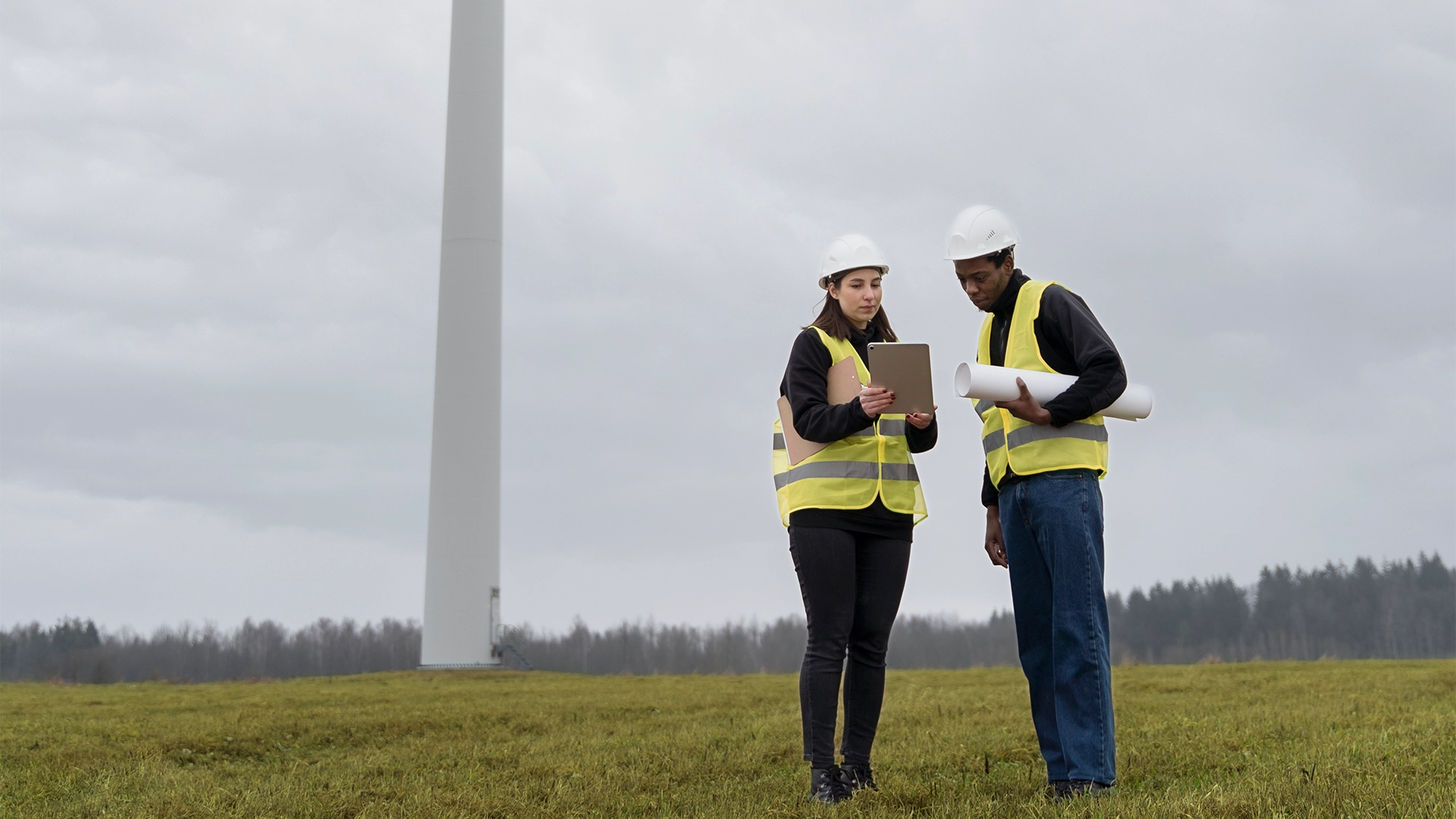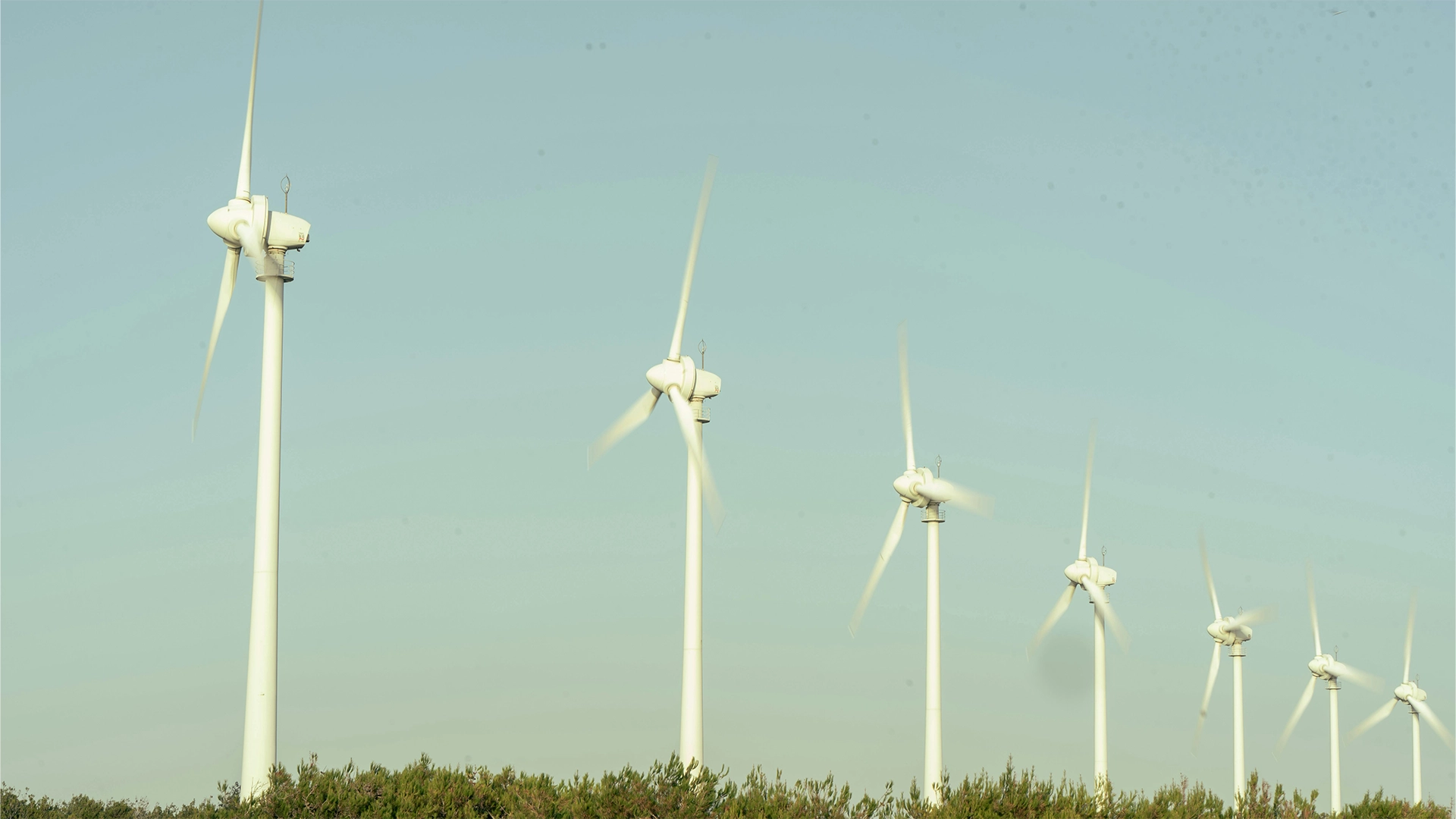Unpacking the Value: The Cost–Benefit of Replacing Main Wind Turbine Components
In an age where renewable energy is not just a trend but a necessity, the efficiency of your wind farm can significantly impact your bottom line. The Cost–Benefit of Replacing Main Wind Turbine Components is a topic that resonates deeply with wind farm owners and asset managers. As components age, the decision to replace them can be daunting, yet the ramifications of inaction can be costly.
This blog post delves into the intricacies of why replacing main wind turbine components is not merely an operational consideration but a strategic investment. Understanding the cost-benefit equation is crucial for maximising the performance and longevity of your assets, which directly correlates to your overall profitability. We will explore how timely replacements can enhance reliability, boost energy output, and ultimately lead to substantial savings.
We will also discuss the factors influencing the decision-making process, such as the age of the components, technological advancements, and the financial implications. Additionally, we’ll highlight how Wind Turbine Component Exchange serves as a pivotal resource in this journey, providing insights and solutions tailored to your needs.
The relevance of this topic cannot be overstated; by understanding and implementing effective replacement strategies, you can ensure your operations remain competitive, sustainable, and aligned with industry standards. At SBL Solutions, we pride ourselves on delivering expert guidance and comprehensive solutions that empower you to make informed decisions about your wind turbine components.
As you read through this post, we encourage you to reflect on how these insights can be applied within your own operations. If you have any questions or need further assistance, don’t hesitate to reach out to us at SBL Solutions we’re here to support your journey towards a more efficient and profitable wind energy future.
What is The Cost–Benefit of Replacing Main Wind Turbine Components?

The Cost–Benefit of Replacing Main Wind Turbine Components refers to the financial and operational implications associated with updating or replacing key parts of wind turbines, such as gearboxes, blades, or generators. This assessment helps wind farm owners and operators determine whether investing in new components outweighs the expenses incurred from maintenance, downtime, or reduced efficiency. Essentially, it’s about understanding if the investment will lead to enhanced performance and longevity of the turbine, thereby contributing positively to overall renewable wind energy production.
One key characteristic of this cost-benefit analysis is the evaluation of both direct and indirect costs. Direct costs include the purchase of new components and installation fees, while indirect costs involve potential losses during downtime and the impact on energy output. For instance, consider a turbine that frequently requires repairs; replacing its main components might initially seem costly, but the long-term savings from improved reliability and efficiency can be significant. It’s akin to investing in a new engine for a car rather than constantly repairing an old one—eventually, the new engine pays for itself through better performance.
In the broader context of Wind Turbine Component Exchange, this cost-benefit analysis is crucial. It allows stakeholders to make informed decisions about Component Replacement versus when to maintain existing equipment. By understanding The Cost–Benefit of Replacing Main Wind Turbine Components, you can ensure that your investments are aligned with operational goals, ultimately increasing the sustainability and efficiency of wind energy solutions. At SBL Solutions, we are committed to helping you navigate these decisions, ensuring that your operations are not only effective but also adhere to the highest safety standards.
It’s important to clarify that not all replacements are beneficial. Some may think that replacing components is always the best route, but this isn’t the case if the existing parts are still effective and cost-efficient. Therefore, a thorough analysis is essential to avoid unnecessary expenditures. We at SBL Solutions emphasise the need for comprehensive assessments to ensure that every decision you make adds genuine value to your wind energy projects. For more information on optimising your wind turbine components, feel free to visit our Wind Turbine Component Exchange page.
Essential Terms to Understand the Cost–Benefit of Replacing Main Wind Turbine Components
To fully grasp the intricacies of The Cost–Benefit of Replacing Main Wind Turbine Components, it is crucial to familiarise yourself with some key terms. These definitions will not only enhance your understanding but also empower you to make informed decisions regarding your wind energy projects.
Lifecycle Cost Analysis
A method for assessing the total cost of owning and operating a wind turbine over its entire lifespan, including initial investment, maintenance, and disposal costs. This analysis is vital for determining the long-term financial viability of replacing components versus maintaining existing ones in the context of wind turbines. It helps wind farm owners and developers evaluate the economic implications of component replacement more accurately—essential for The Cost–Benefit of Replacing Main Wind Turbine Components decisions.
Downtime
The period during which a wind turbine is not operational, often due to maintenance or component replacement. Understanding downtime is critical because it directly affects energy production and, consequently, revenue. When considering The Cost–Benefit of Replacing Main Wind Turbine Components, minimising downtime can lead to significant financial gains.
Return on Investment (ROI)
A financial metric used to evaluate the profitability of an investment, calculated by the ratio of net profit to the initial cost. In the context of wind turbine components, a solid understanding of ROI helps asset managers determine the financial benefits of replacements, ensuring that decisions align with the objectives of The Cost–Benefit of Replacing Main Wind Turbine Components.
Component Reliability
The likelihood that a wind turbine component will perform its intended function without failure over a specified period. High reliability reduces maintenance costs and downtime, making it a crucial consideration in The Cost–Benefit of Replacing Main Wind Turbine Components. By selecting reliable components, you can optimise operational efficiency.
Maintenance Strategy
A planned approach to maintaining wind turbine components to ensure optimal performance and longevity. This strategy can include predictive, preventive, and corrective maintenance. Understanding your maintenance strategy is vital in evaluating The Cost–Benefit of Replacing Main Wind Turbine Components, as it influences the timing and necessity of replacements.
Energy Yield
The total amount of energy produced by a wind turbine over a given period. Higher energy yields can justify the costs associated with replacing main components. When considering The Cost–Benefit of Replacing Main Wind Turbine Components, an increased energy yield can significantly enhance the overall return.
Component Standardisation
The practice of using uniform components across different models of wind turbines to simplify maintenance and reduce costs. This standardisation can lead to lower replacement costs and improved efficiency, which are essential factors in evaluating The Cost–Benefit of Replacing Main Wind Turbine Components.
By understanding these essential terms, you will be better equipped to navigate the complexities of The Cost–Benefit of Replacing Main Wind Turbine Components. This knowledge not only aids in making informed decisions but also contributes to the overall efficiency and profitability of your wind energy investments.
Frequently Asked Questions about Replacing Wind Turbine Components
In this section, we address some of the most common questions regarding The Cost–Benefit of Replacing Main Wind Turbine Components. Our aim is to provide you with clear and insightful answers to help you make informed decisions.
Replacing main wind turbine components can lead to significant improvements in efficiency and reliability. New components often operate more effectively, which can enhance energy production and reduce maintenance costs in the long run.
It’s essential to monitor the performance and condition of your wind turbine components regularly. Indicators such as increased maintenance frequency, decreased energy output, or visible wear and tear can suggest that replacement is necessary.
The costs can vary based on the component being replaced and the specific turbine model. You should consider not only the purchase price of the new component but also installation costs, potential downtime, and any necessary modifications to the turbine.
In most cases, replacing components with manufacturer-approved parts should not void your warranty. However, it is crucial to check the specific terms of your warranty and consult with your turbine manufacturer or service provider to ensure compliance.
At SBL Solutions, we offer comprehensive services that include expert evaluation of your turbine’s condition, guidance on the best replacement options, and skilled installation by our trained professionals. Our commitment to safety and quality ensures a smooth replacement process.
The lifespan of wind turbine components can vary widely, typically ranging from 15 to 25 years. Factors such as environmental conditions, maintenance practices, and usage patterns can significantly influence this lifespan.
Yes, replacing older components with newer, more efficient models can lead to reduced emissions and increased energy output, contributing positively to environmental sustainability efforts. This aligns with the broader goals of enhancing renewable energy production.
We hope these FAQs provide you with valuable insights into The Cost–Benefit of Replacing Main Wind Turbine Components. For further assistance or specific inquiries, feel free to reach out to SBL Solutions.
Wrapping Up: Understanding the Cost–Benefit of Replacing Turbine Components
Throughout this discussion, we have highlighted the critical aspects of The Cost–Benefit of Replacing Main Wind Turbine Components. We explored how timely replacement can enhance efficiency, reduce maintenance costs, and ultimately contribute to greater energy output. By investing in new components, you not only prolong the lifespan of your turbines but also ensure they operate at peak performance, aligning with the growing demand for sustainable energy solutions.
Understanding The Cost–Benefit of Replacing Main Wind Turbine Components is vital for those involved in the wind energy sector. It equips you with the necessary insights to make informed decisions that can lead to substantial financial and operational benefits. This knowledge is essential as we continue to advance in the field of renewable energy, ensuring that your investments yield optimal returns while supporting environmental sustainability.
At SBL Solutions, we pride ourselves on our expertise in wind turbine component exchange and maintenance. By embracing a culture of safety and continuous improvement, we are committed to delivering services that meet the highest industry standards. We encourage you to delve deeper into this subject by visiting our hub page on Wind Turbine Component Exchange for more comprehensive insights.
As you consider the implications of your wind turbine investments, we invite you to reach out to us for further assistance or information. Our dedicated team is here to support you in making the best choices for your operations. Contact us today at SBL Solutions, and let’s work together towards a more sustainable future.

